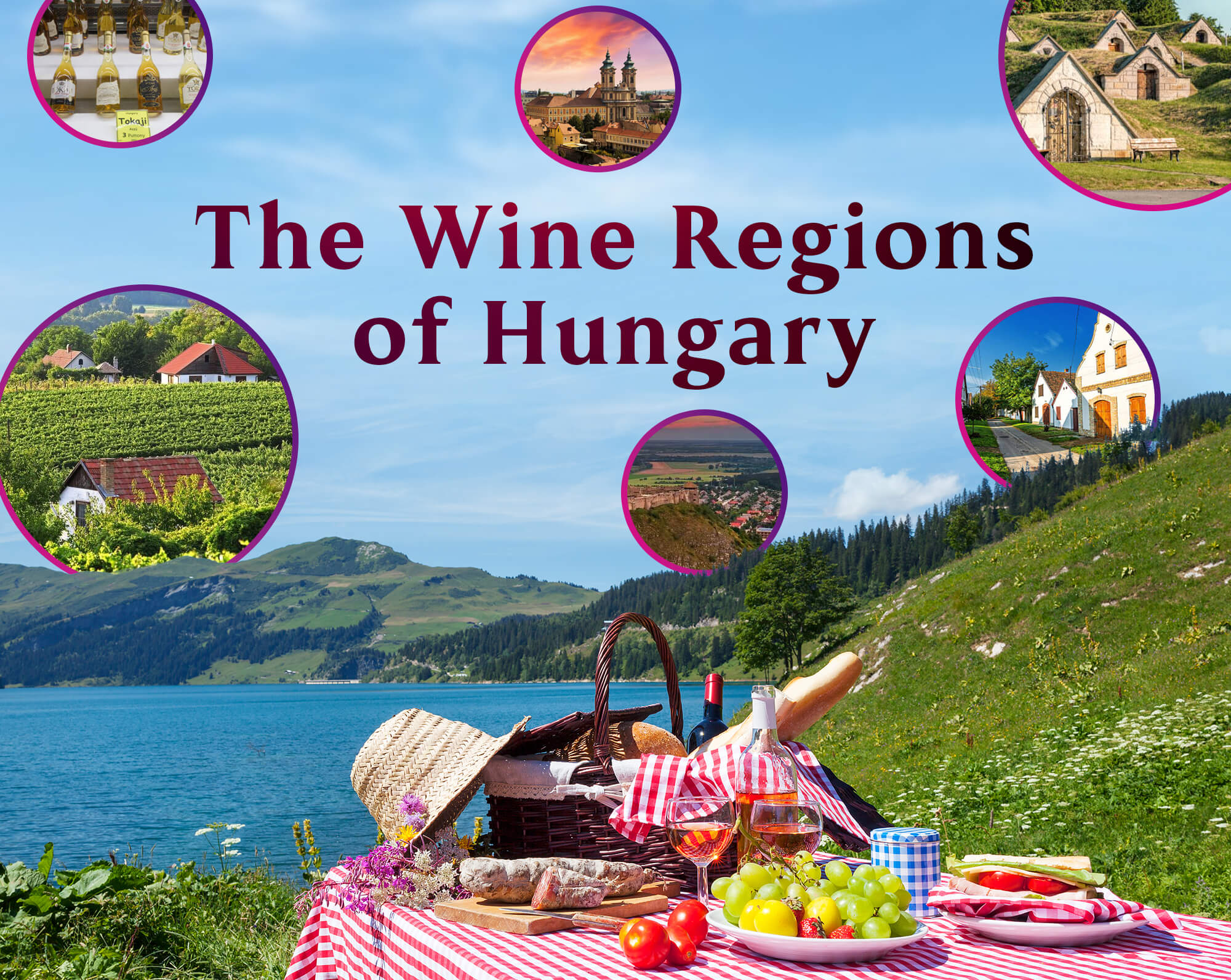World of Wines
-
Read more »
There’s a trend in winemaking: everything is growing. Wine production is increasing globally. The vineyard area is growing. Winemaking is a big business, and many countries around the globe are finding just the right grapes to grow to fit their climate and geology.
At Prestige Haus, we’ve been doing some deep dives into the top wine-making countries around the world. We’ve given you some histo
-
Categories: World of WinesRead more »
Beautiful, scenic Austria is synonymous with such pop culture icons as The Sound of Music, Gustav Klimt, Mozart, and the Alps. Austria is a tiny country nestled deep in the mountains. It is known for its sausages, schnitzel, spaetzle, and Märzen and Hefeweisen beer. But it also has a powerful reputation as a wine producer.
Austria has three major wine-growing regions: Niederösterreich (Lower A
-
Categories: World of WinesRead more »
When Americans think of Greece, most people think of hot, dry landscapes on islands in the Mediterranean Sea. However, in reality, Greece has a wide variety of topography. It ranges from the famous arid islands to wet, mountainous pine forests that even see some snow in the winter.
The Greeks have been making wine for over four thousand years (the first hints of winemaking there come from 4500
-
Read more »
Hungary is an enticing destination for travelers because of its rich culture, history, architecture, food, and spas. In fact, the region boasts over 1,500 thermal spas! But wine? At least here in the USA, local “oversized” wine stores do not typically have a “Wines from Hungary” section. France, Spain, Germany? Sure! Chile and South Africa, yes! But Hungary? That’s less common.
That’s why America
-
Read more »
Romania has nearly 11,500 years of viticultural history. And now, it is digging into its roots, embracing modern techniques, and becoming a wine-producing heavyweight. Romania lies on the same latitude as France. But in addition to the usual French vines, they have their own heirloom grapes that bring their history vividly to life.
History of Wine Production in Romania
-
Read more »
New Zealand may seem late to the show. But in only 50 years, it has made a name for itself in the wine world.
Winemaking in New Zealand dates back to the mid-19th century. But it didn’t really take off until after the 1970s. Up until that time, New Zealand was known for its beef, dairy, and wool. But in 1973, Britain opted to become part of the European Economic Community. This move severed i
-
Read more »
Brazil’s landmass makes it the 5th largest country in the world. Since most of that land is outside the wine belt (31° to 38° Latitude South), you might not expect much in the way of wine production. But Brazil’s wines will surprise and delight you.
History of Wine Production in Brazil
Like Chile, Brazil’s wine production dates back to the colonial period, with Br
-
Read more »
With exquisite wines and picturesque scenery, Portuguese Wine Regions are a lesson in merging historic and modern viticulture methods.
A little, ancient, history of the Region
Wine production in the Iberian Peninsula, home to Spain and Portugal, dates back to 2000 BC. That’s when the Tartessians cultivated the first grapes in the Tagus region, near modern Lisbon. The Phoenicians b
-
Read more »
Often Overlooked and Underrated, German Wines will Surprise You
When you ask someone about German wines, you usually get one of two responses. One waxes on about the elegant dry whites, while the other dismisses the whole country for its cheap, sweet, un-oaked whites with low ABV. So, unless you are big into white wines, especially Rieslings, you probably don’t know much about German w
-
Read more »
Chile’s long history with wine is complicated and filled with setbacks.
Wine in Chile dates back to mid-16th century Spanish conquistadores and missionaries, who carried grapes wherever they went. These grapes, often referred to as the “common black grape,” filled the vineyards of local Jesuit priests.
Like many colonies, Chilean vintners were restricted to local











